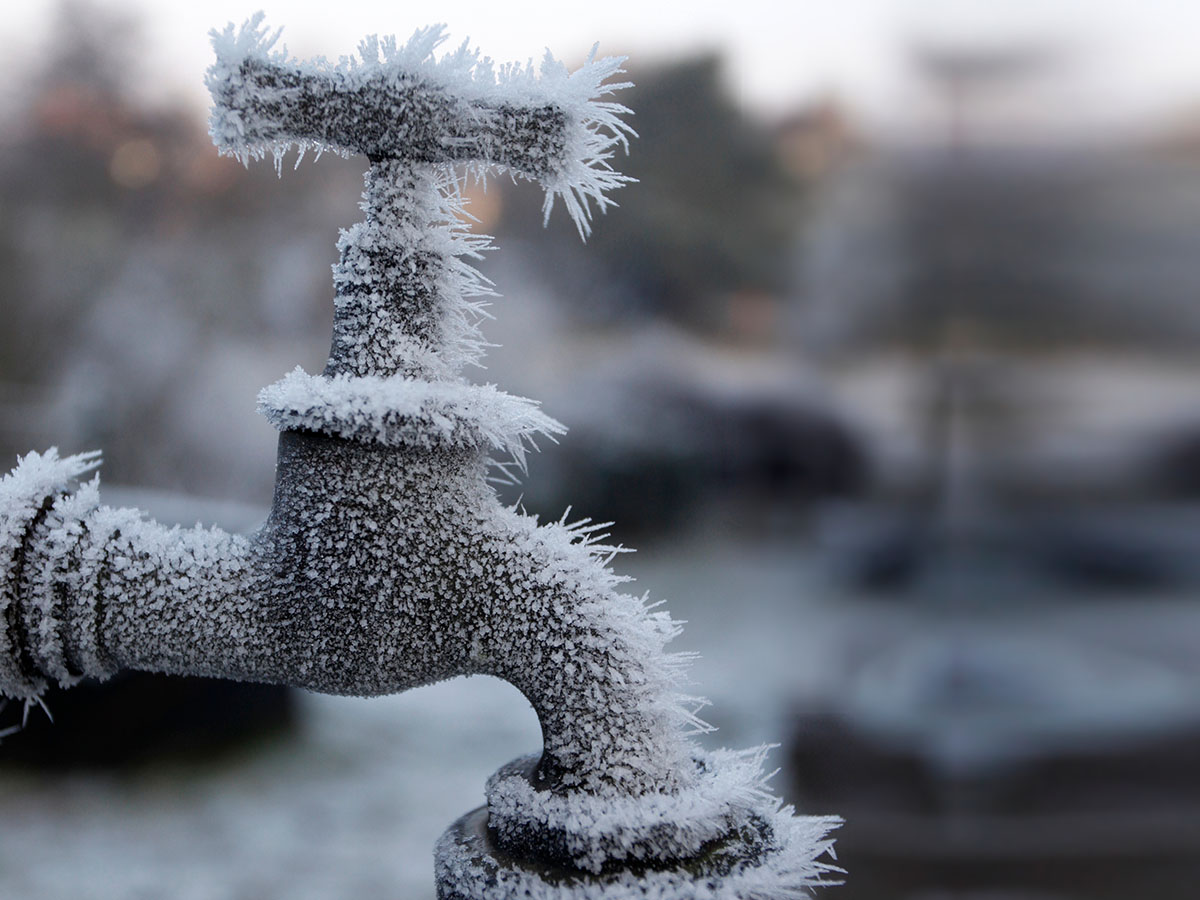Avoid Frozen Plumbing in Winter: Pro Strategies
Avoid Frozen Plumbing in Winter: Pro Strategies
Blog Article
How do you actually feel in regards to Preventing and dealing with frozen pipes?

Cold weather can damage your pipes, specifically by freezing pipes. Below's just how to avoid it from happening and what to do if it does.
Intro
As temperatures decline, the risk of icy pipelines rises, possibly resulting in costly repair services and water damage. Recognizing how to avoid icy pipelines is crucial for homeowners in chilly climates.
Prevention Tips
Protecting prone pipes
Wrap pipes in insulation sleeves or make use of warmth tape to shield them from freezing temperature levels. Concentrate on pipes in unheated or outside areas of the home.
Home heating strategies
Keep indoor areas sufficiently heated up, particularly areas with pipes. Open cabinet doors to enable warm air to flow around pipelines under sinks.
How to recognize frozen pipelines
Search for decreased water flow from taps, unusual smells or sounds from pipes, and noticeable frost on exposed pipes.
Long-Term Solutions
Structural modifications
Take into consideration rerouting pipes far from outside walls or unheated areas. Include extra insulation to attics, basements, and crawl spaces.
Updating insulation
Buy premium insulation for pipelines, attics, and walls. Appropriate insulation assists keep consistent temperatures and reduces the danger of icy pipelines.
Shielding Outdoor Plumbing
Garden hoses and exterior taps
Disconnect and drain garden hose pipes before winter season. Set up frost-proof spigots or cover outdoor taps with shielded caps.
Recognizing Icy Pipes
What causes pipelines to ice up?
Pipes ice up when subjected to temperature levels below 32 ° F (0 ° C) for expanded periods. As water inside the pipelines ices up, it expands, taxing the pipeline walls and possibly triggering them to burst.
Dangers and damages
Icy pipes can cause supply of water disturbances, building damage, and costly repairs. Ruptured pipelines can flood homes and trigger considerable structural damage.
Indications of Frozen Water Lines
Identifying icy pipelines early can prevent them from breaking.
What to Do If Your Pipes Freeze
Immediate activities to take
If you believe frozen pipes, maintain taps open to ease pressure as the ice thaws. Use a hairdryer or towels taken in warm water to thaw pipes slowly.
Final thought
Protecting against icy pipes requires positive measures and fast feedbacks. By comprehending the reasons, indications, and preventive measures, home owners can protect their plumbing during cold weather.
6 Proven Ways to Prevent Frozen Pipes and Protect Your Home
Disconnect and Drain Garden Hoses
Before winter arrives, start by disconnecting your garden hoses and draining any remaining water. Close the shut-off valves that supply outdoor hose bibs and leave the outdoor faucet open to allow any residual water to drain. For extra protection, consider using faucet covers throughout the colder months. It’s also important to drain water from any sprinkler supply lines following the manufacturer’s directions.
Insulate Exposed Pipes
Insulating your pipes is an effective way to prevent freezing. Pipe insulation is readily available at home improvement stores and is relatively inexpensive. Pay close attention to pipes in unheated areas such as the attic, basement, crawl spaces, or garage. Apply foam insulation generously to create a buffer against the cold. You can also wrap your pipes in heat tape or thermostat-controlled heat cables for added warmth.
Seal Air Leaks
Inspect your home for any cracks or openings that could let in cold air. Seal any holes around the piping in interior or exterior walls, as well as the sill plates where your home rests on its foundation. Additionally, make sure to keep your garage door closed unless you’re entering or exiting. Leaving it open creates a significant air leak that can lead to frozen pipes.
Allow Warm Air Circulation
During cold snaps, it’s essential to allow warm air to circulate evenly throughout your home. Leave interior doors ajar to promote better airflow. Open kitchen and bathroom cabinets to help distribute heat consistently around the rooms. If you have small children or pets, be sure to remove any household chemicals or potentially harmful cleaners from open cabinets for safety.
Let Faucets Drip
A small trickle of water can make a big difference in preventing ice formation inside your pipes. When temperatures drop significantly, start a drip of water from all faucets served by exposed pipes. This continuous flow helps prevent the water from freezing. Additionally, running a few faucets slightly can relieve pressure inside the pipes, reducing the chances of a rupture if the water inside does freeze.
https://choateshvac.com/6-proven-ways-to-prevent-frozen-pipes-and-protect-your-home/

I was guided to that report about Winter Plumbing Precautions: Preventing Frozen Pipes from a friend on another web property. Sharing is good. Helping people is fun. I praise you for being here. Come back soon.
Click Here Report this page